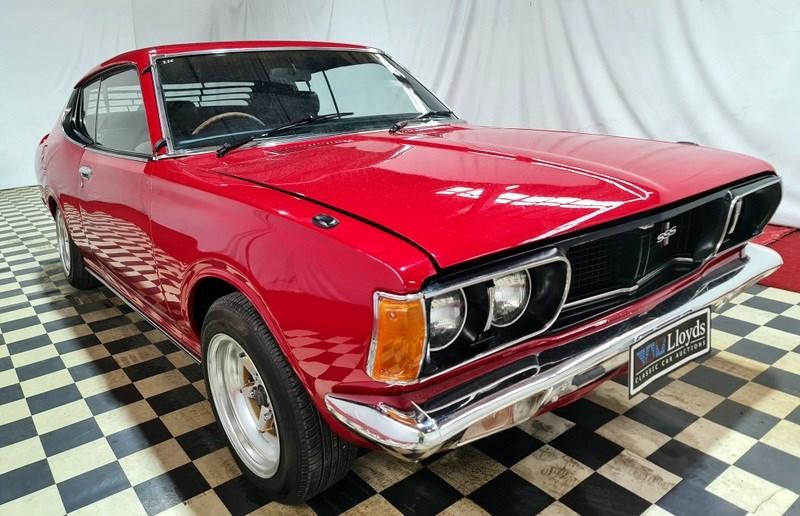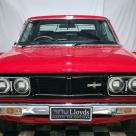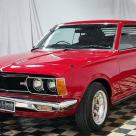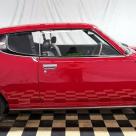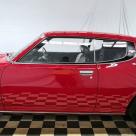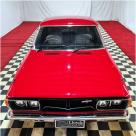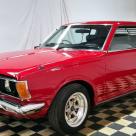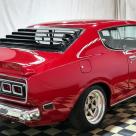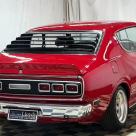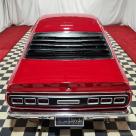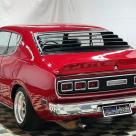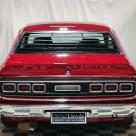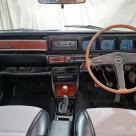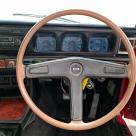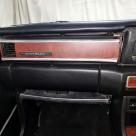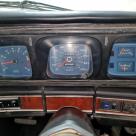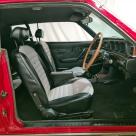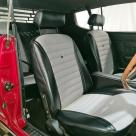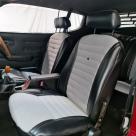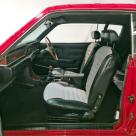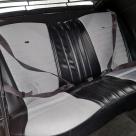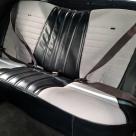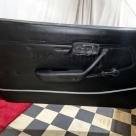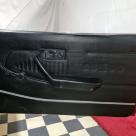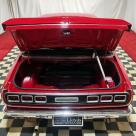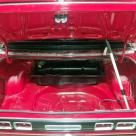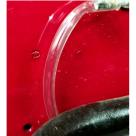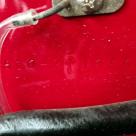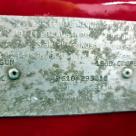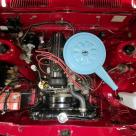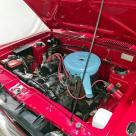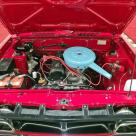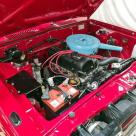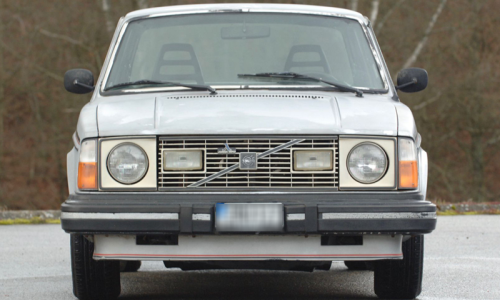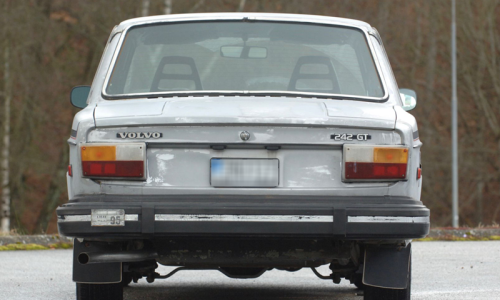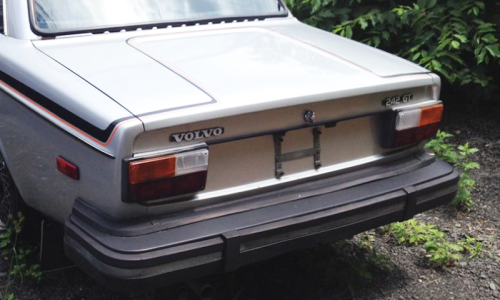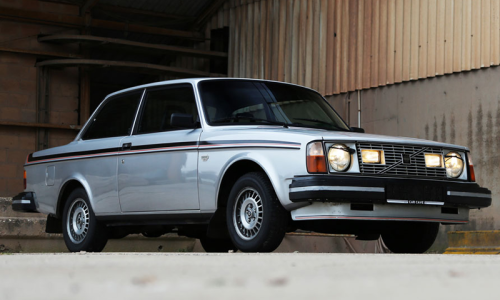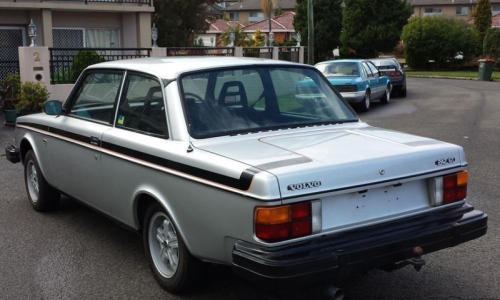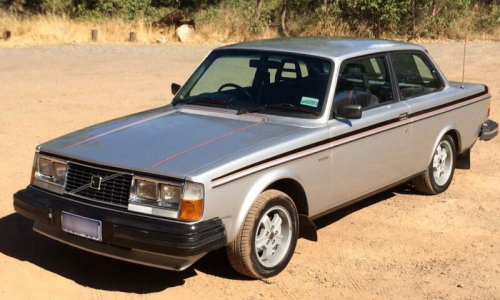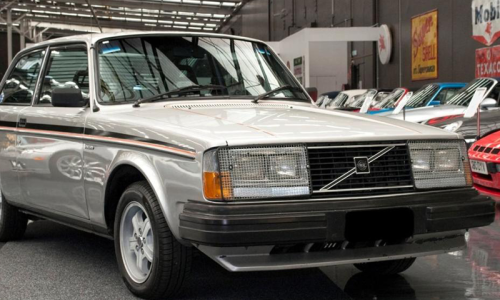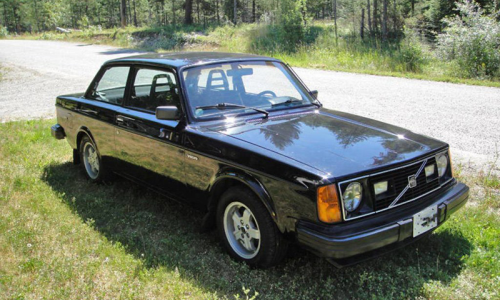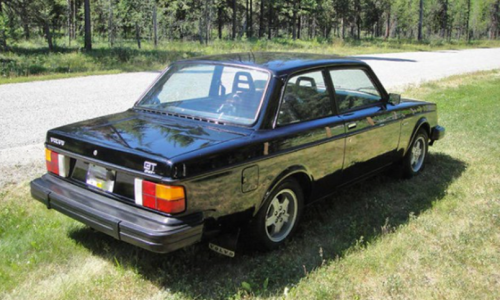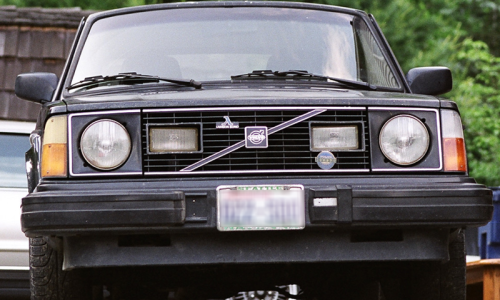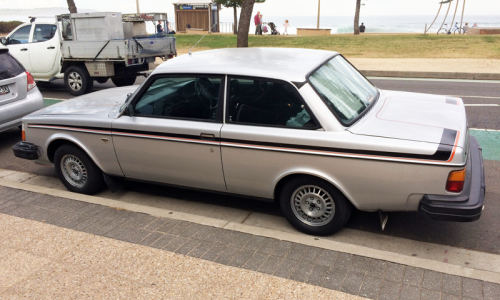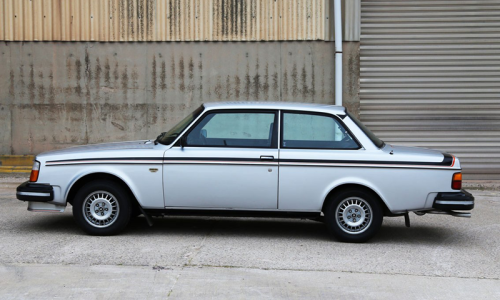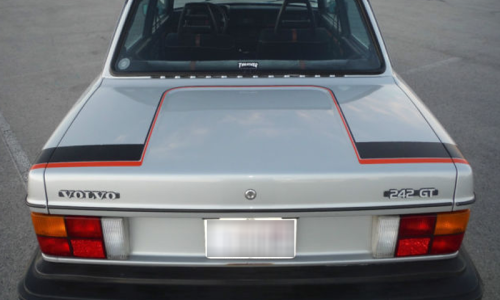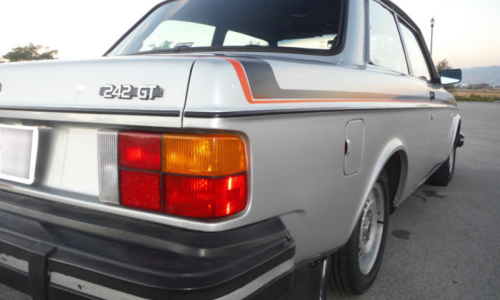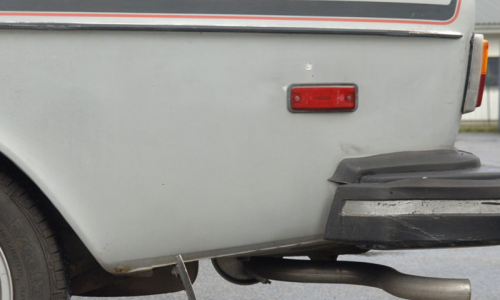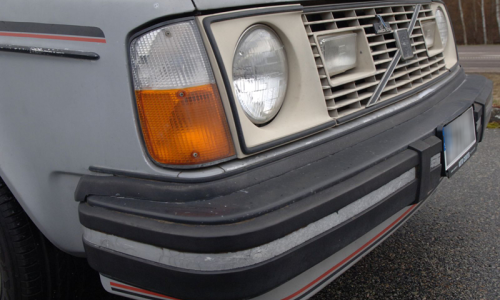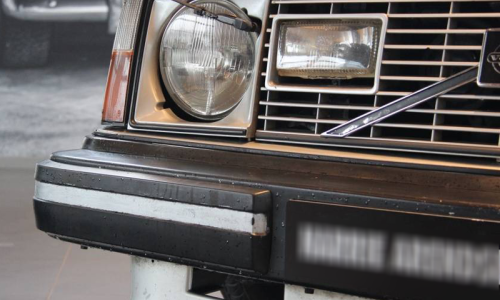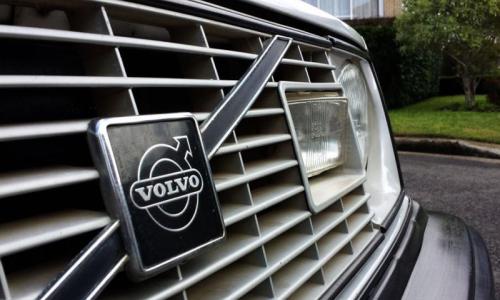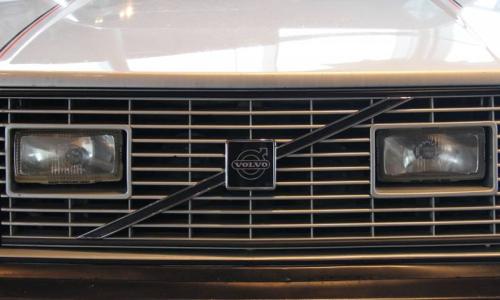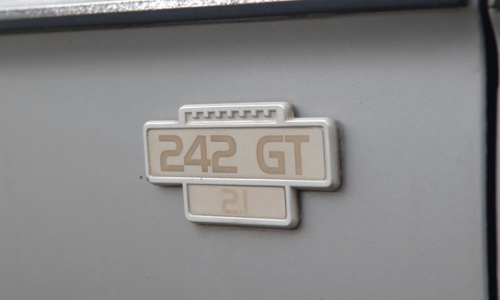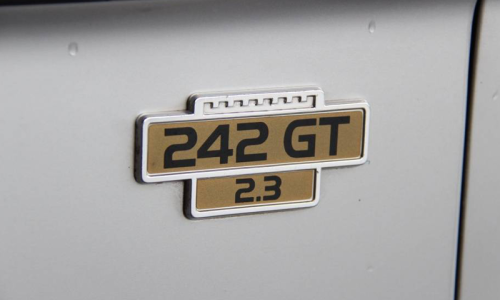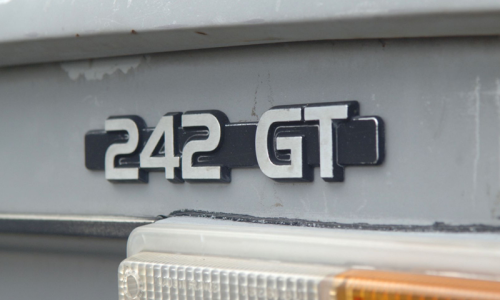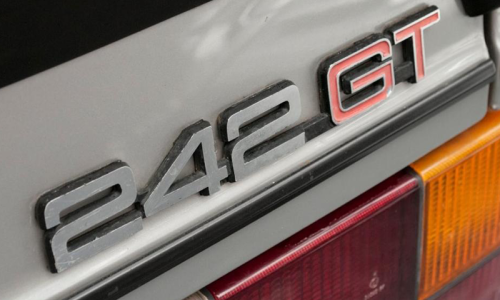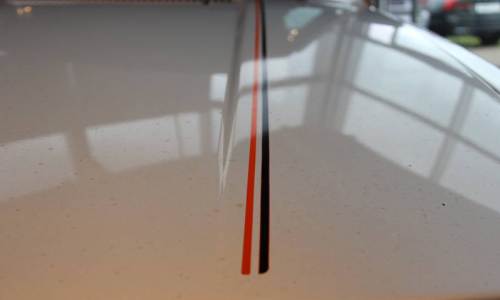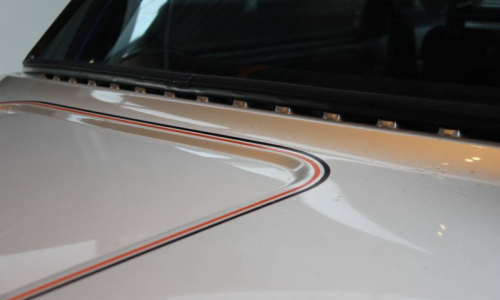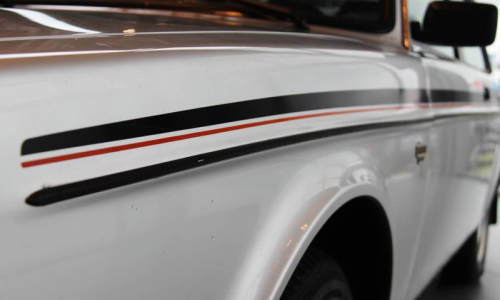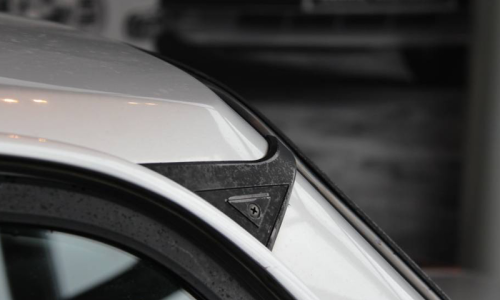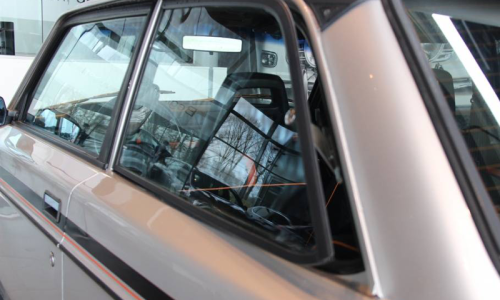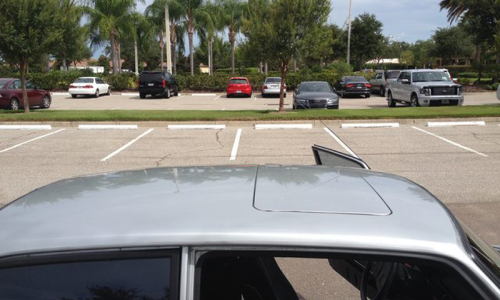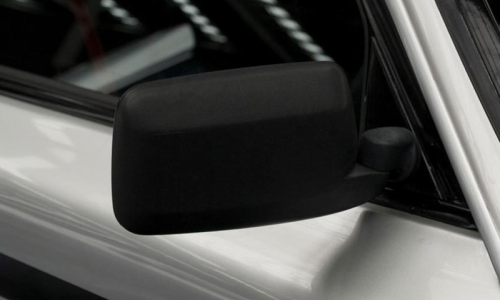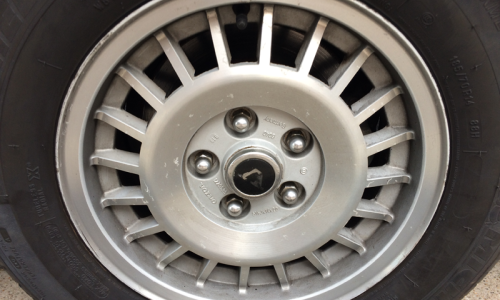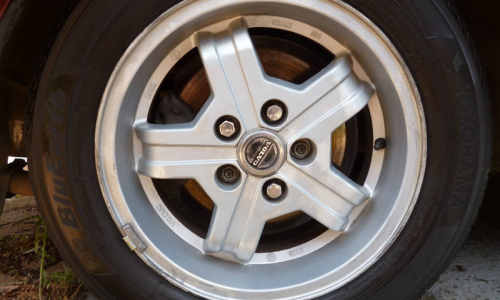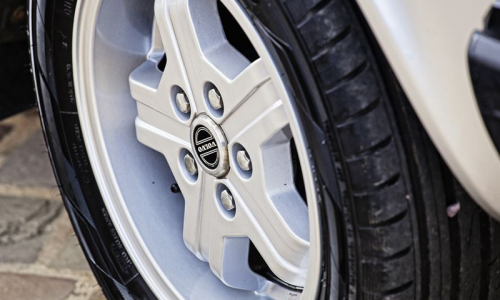For sale: 1976 (Bluebird 610) 180B SSS Coupe Datsun
Specifications
This section of the guide outlines the distinct exterior features and specifications of the Volvo 242 GT throughout its short production run. References to "Series 1" cars is a reference to the earlier vehicles built in 1978. A ferefernce to "Series 2" cars is a reference to the facelifted 242 GTs built from 1979 (or late 1978 according to volvo242gt.se) through to the last 242 GTs of 1981.
- The 242 GT was available in 2-door sedan only (no wagon or 4-door sedan was offered).
- Unlike other models in the 240 range, the 242 GT had the majority of chrome finishes removed, with black anodised finishes in place of the chrome. Most prominently, this included door mirrors (on Series 1 cars), matte black window and door frames, tail light frames and the dress trim at the top of the C-pillar. The only chrome features remaining on the car were the door handles, the lock barrels and the frames for the side rear parker lights (which were applied in limited markets only on Series 1 cars). Those frames were eventually replaced by black frames shortly after production began.
- The grille applied to the 242 GT was unique. The grille and headlight surround panels have a silver finish, with a thin black surround / border which continued around the outside of the headlight surrounds. This is distinct from other models in the 200 series range.
- Two Bosch fog lights were integrated into the grille, and all 242 GTs featured single round 180mm Bosch front headlamps. In some markets, the grille mounted foglights were high beam lamps, and in other markets they were strictly fog lights (depending on regulation).
- Red/black stripe decals were applied, and were unique to the 242 GT. The stripes were applied the full length of the side of the car, and also applied to the trunk and hood lids (following the panel creases on top of the panels). Stripes were also applied to the lower edge of the front air dam (lip spoiler) of the early cars (prior to the updated spoiler being fitted). Note, stripes differed slightly between Series 1 and Series 2 cas (see below "Series 1 and Series 2 differences")
- Depending on the market, 242s integrated a clear lens parking light with the front side indicator. This was the case in Australia for example (while in some other markets the indicator lens was entirely amber (orange).
- The 242 GT was available in two colours:
- Mystic Silver Metallic (paint code #130); and
- Black (paint code #19). This colour was only available in the Canadian market, and only applied to 200 vehicles.
- Two alloy wheel options were availeble:
- 20-spoke 14 inch alloy wheels, fitted with Pirelli Cinturato CN36 tyres (applied to earlier cars1978-79, both Series 1 and 2); and
- 5-spoke 15 x 6 inch Virgo alloy wheels fitted with 195/60R15 low-profile tyres (later cars: 1979-81).
- Two types of front chin spoiler / splitter were applied:
- Cars built in 1978 and up to late 1979 received a spoiler that contained two rectangular air intake vents (located approximately below the inner edge of the car's headlamps). This early design followed closely the contour of the bumper bar, and had a fairly vertical plane with only a slight flare / lip to the front.
- Cars from late 1979 onward had a revised spoiler that was far more flared at the front (making a more distinct 'chin' at the front of the car). This later design had a large central vent made up of four rectangular vents (as opposed to the two separate smaller rectangular vents on the earlier design). The vent was slightly off-centre (extending to the front right of the car where the tow hook was located).
- There are differences between the rear trunk lid badges. 1978 - 1978 cars cars have a smaller silver text badge reading "Volvo 242 GT", which sits on a black background that connects the letters together. Cars of 1980 - 1981 had larger text, with the "GT" letters in red. Examples of the differences are shown in the image gallery.
- A sunroof was optional from the factory, and was a relatively popular accessory on the 242 GT.
- Most 242 GT's black bumpers had a silver insert running through the middle (the same silver as the car's paint). However, we have sighted a large number of cars that do not have the silver insert stripe applied. Therefore, we assume that the silver insert was not always applied.
- Some 242 GTs have wipers mounted on the headlamps.It is believed that this was only an option in some European markets.
- Plastic Headlight covers were available as an option in most markets (the same as applied to all 200 series cars).
- The factory glass applied has "Volvo Sunex" stamped/printed in the corner of each window. The side and rear glass was tinted as standard.
- The last 30 Volvo 242 GTs sold in Australia were equipped with the dual headlamp front end, and thus had no fog lights in the grille.Those cars also had the Volvo 244 Turbo's rear tail lights. An example of one of those cars (repainted black) sold at a Shannons Auction for just $7,500 in Sydney during 2015 - as shown at the following link. We have also included images of another silver example in the gallery.
- A towbar was a surprisingly common accessory on these cars. volvo242gt.se suggests that 200 of the 670 Swedish cars sold were fitted with tow bars.
Series 1 and Series 2 differences:
- Series 1 cars had a different rear end design to later cars (which followed the standard facelift accross the 200 series range). On Series 1 cars, the end of the trunk has a distinct crease and a recessed area on the rear vertical face, and flat tail light lenses. Many series 1 cars also have red or amber parking lights on the rear mudguards. We believe ths may be a market specific feature, as there are many Series 1 examples that are not fitted with these side lamps.
- Series 2 cars (introduced in 1979) had a revised trunk lid without the recessed edge, along with wrap around tail lamps (removing the need for the side parker lamps). The body side moulding was also revised to continue around the rear of the trunk lid (previously, it stopped on the edge of the rear guard).
- The stripe applied to the Series 1 trunk is thinner where it wraps up over the trunk edge compared to the Series 2 cars. The Series 2 cars had a thicker stripe in that location where the stripe wraps up over the trunk lid.
- Series 1 side mirrors were anodised black metal. Series 2 cars received updated black plastic mirrors.
- A unique badge was applied to the rear of the front mudguard (just before the door). For Series 1 cars the badge reads "242 GT 2.1", and has black text on a silver background. For Series 2 cars it reads "242 GT 2.3", with black text on a gold background. However, review of late vehicles (1980-81) suggests that volvo may have done away with this specific badging. Three 1980 Australian vehicles we have sighted have only a "Volvo" badge in the position of the engine size badge, as do several 1980-81 US vehicles. We assume therefore that the unique GT badges were abandoned around that time.
- Note, the US vehicles always had the 2.1l engine, and therefore would not have received the 2.3l badge as described in the previous point.
Vehicle location
Australia , NSW , Villawood
This one should fetch a decent price - appears to have undergone a full restoration in a non-original red, and overall looks very clean. This Red SSS coupe was advertised on Lloyds auctions in January 2023 - amazing the variety of cars that they get through Lloyds. See the original advertisement here.
We've been working hard to retain the details of any SSS that comes up - so many of them have been lost to rust and neglect, so it's nice when a restored example turns up. I'd expect this one to get into the mid 20s perhaps?
Recently we completed our information guide for the Australian SSS 180B variant - see that guide here. These are a great alternative to the Celicas and Galant coupes of the era - an awesome time for compact Japanese coupes.
If you've got one, please sign up and add yours to the register so we can track the details of these classic Japanese coupes!
